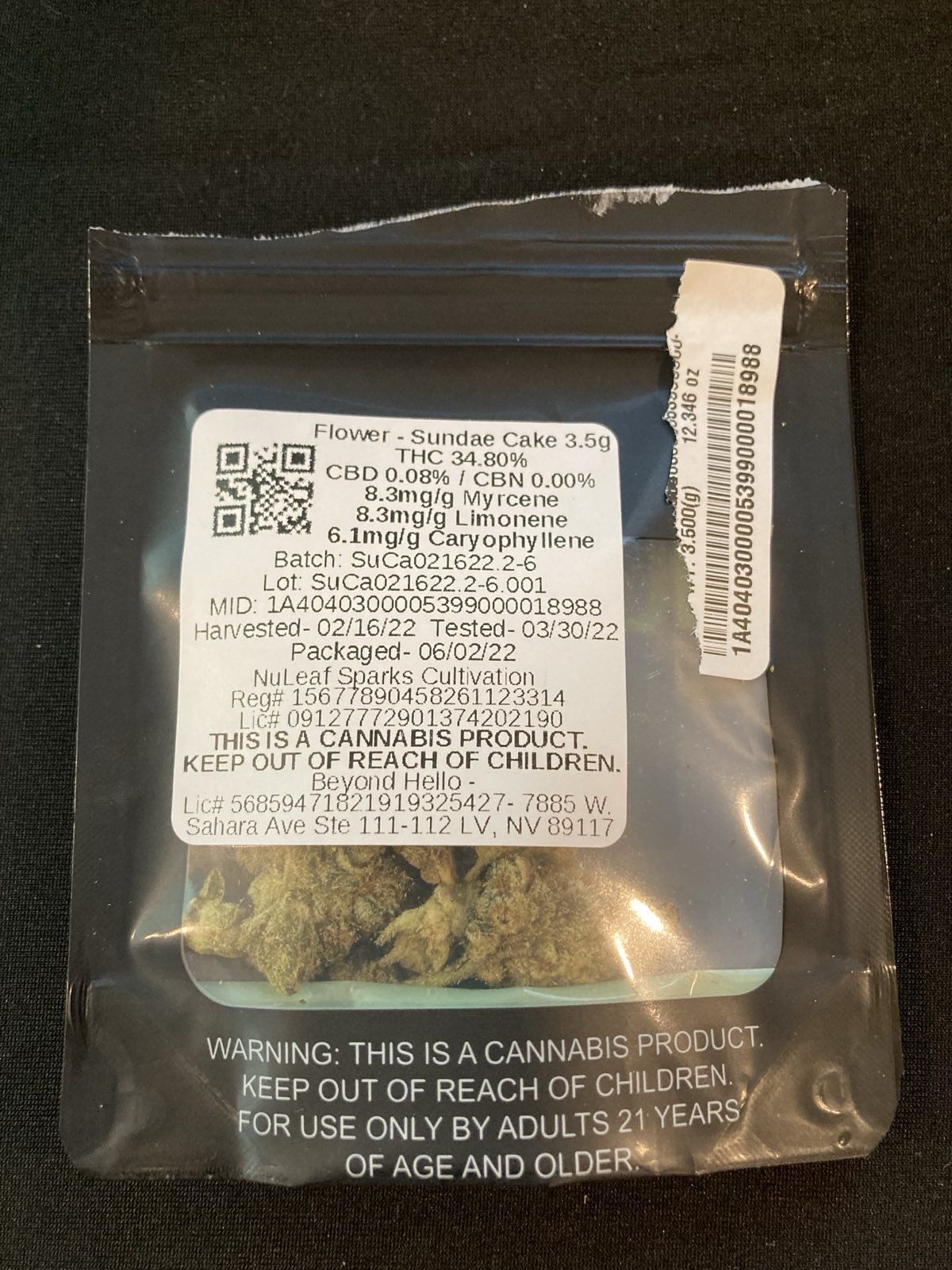In today’s cannabis marketplace, dispensary menus are more than just product lists—they’re detailed maps that guide consumers through a variety of strains, potencies, and pricing tiers. For first-time customers or seasoned regulars, understanding how cannabis strains are categorized and priced can help them make more informed purchases. Dispensary managers play a key role in not only stocking the right products but also educating consumers about the differences in strain types, quality tiers, and trending cultivars.
Understanding Cannabis Strains: Indica, Sativa, and Hybrid
Cannabis strains are typically classified into three broad categories: indica, sativa, and hybrid. While modern science has shown that these labels aren’t always the most accurate predictors of a strain’s effects, they remain helpful for guiding customer expectations on dispensary menus.
- Indica strains are known for their relaxing, sedating effects. These are generally chosen by consumers seeking relief from insomnia, anxiety, or chronic pain. Physically, indica plants are shorter with broader leaves and are often used for nighttime use.
- Sativa strains tend to deliver uplifting, cerebral effects that enhance focus and creativity. These are commonly preferred for daytime consumption, especially by those looking for mood elevation or productivity boosts. Sativa plants grow taller with narrow leaves and require longer flowering times.
- Hybrids are crossbreeds of indica and sativa plants, aiming to deliver a balance of effects. Hybrids can lean toward either parent type or remain balanced, providing consumers with tailored options for specific experiences such as relaxed euphoria or focused calm.
Although this classification system remains popular on menus, most dispensary professionals now look deeper at cannabinoid and terpene content when evaluating how a strain may affect a consumer. For instance, a high-THC sativa with myrcene may still feel sedating despite its label.
How Strains Are Tiered: Pricing, Quality, and Appearance
Cannabis flower is often organized into tiers on dispensary menus, reflecting both pricing and quality. These tiers help consumers navigate options based on their preferences and budget.
- Tier 1 (Budget or Value Flower): This category includes strains priced affordably—often around $25 to $35 per eighth (3.5 grams). These products may have lower THC percentages, inconsistent trimming, less pungent aroma, or be older stock. While not top-tier, they still serve a purpose for budget-conscious customers.
- Tier 2 (Mid-Shelf Flower): Priced between $40 to $55 per eighth, mid-tier strains typically show better visual appeal, stronger aroma, and more consistent potency. These products are ideal for customers looking for reliable effects without paying premium prices.
- Tier 3 (Top-Shelf or Exotic Flower): These strains can range from $60 to $75+ per eighth. Known for their dense trichome coverage, unique terpene profiles, and THC levels approaching or exceeding 30%, these flowers often come from well-known breeders or boutique cultivators. Packaging and branding also play a role, with top-tier strains often sold in glass jars or mylar bags that highlight premium presentation.
Quality grading considers several elements: trichome density, moisture content, aroma intensity, terpene retention, bud structure, and overall cure. Dispensary managers use these factors to determine appropriate tier placement and communicate differences to the customer base.
What’s Popular and In Season?
Strain popularity fluctuates based on regional genetics, seasonal trends, and marketing from major brands. As of spring 2025, the following strains are frequently in demand across many adult-use and medical dispensaries:
- RS-11 (Rainbow Sherbert #11) – A hybrid with sweet fruit-forward notes and a balanced body-mind effect.
- Gelonade – A cross of Gelato 41 and Lemon Tree, offering a zesty citrus taste and energizing buzz.
- Super Boof – Known for its bright cherry and gas aroma, this strain is gaining traction for daytime use.
- Blue Zushi – Highly regarded for its complex flavor and exotic appearance, often found on premium tier shelves.
- Permanent Marker – This cross of Biscotti, Jealousy, and Sherb Bx delivers deep relaxation and bold flavor, perfect for evening wind-downs.
Limited drops, exclusive collaborations, and award-winning genetics often fuel these seasonal favorites. Staying up-to-date with grower partnerships and cannabis competitions helps dispensary managers anticipate demand.
Final Thoughts
A well-informed dispensary manager understands that guiding customers through the nuances of cannabis strains—whether indica, sativa, or hybrid—goes hand in hand with demystifying pricing tiers. By highlighting why certain strains fall into specific quality levels and which ones are trending, dispensaries can build trust, improve customer satisfaction, and ultimately increase sales. As the cannabis market matures, strain education becomes not just a service—but a strategic advantage.

